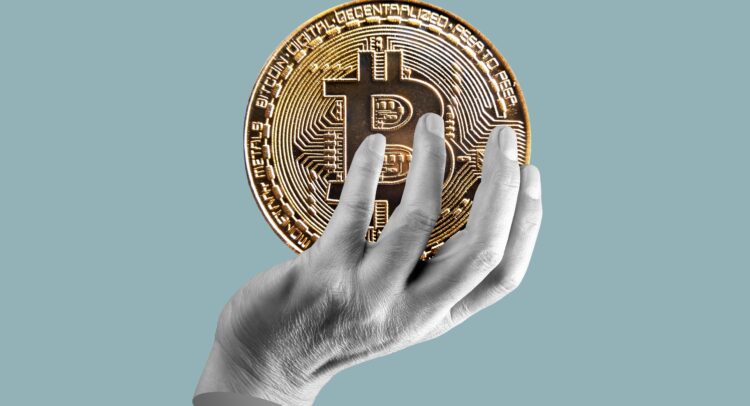In recent months, Bitcoin has gained renewed attention as it continues to be viewed as “digital gold” amidst global economic uncertainty. As traditional financial systems face challenges and inflation concerns mount, Bitcoin is increasingly seen as a hedge against traditional market volatility and a store of value. This shift is transforming Bitcoin’s role in the cryptocurrency ecosystem and attracting both institutional and retail investors.
Bitcoin as Digital Gold
The comparison between Bitcoin and gold has been a topic of discussion for years, but recent trends suggest that Bitcoin is increasingly fulfilling the role of digital gold. Both assets are considered stores of value and hedges against inflation, but Bitcoin offers additional advantages such as greater liquidity, easier transferability, and a fixed supply cap.
Gold has historically been a safe haven asset, especially in times of economic distress. Bitcoin, with its decentralized nature and finite supply, is now emerging as a modern equivalent, offering similar security and scarcity characteristics. As more investors seek alternatives to traditional fiat currencies, Bitcoin’s appeal as a digital store of value is growing stronger.
Institutional Interest and Market Dynamics
Institutional interest in Bitcoin has surged, reflecting its growing acceptance as a legitimate asset class. Major financial institutions and corporations are now investing in Bitcoin, either directly through purchases or indirectly through Bitcoin-based financial products like ETFs and futures contracts. This institutional involvement is not only validating Bitcoin’s status as digital gold but also increasing its market stability and liquidity.
In addition to institutional investments, Bitcoin’s market dynamics are evolving. The recent price corrections and market fluctuations have not deterred long-term investors, who continue to view Bitcoin as a valuable asset in their portfolios. This resilience is a testament to Bitcoin’s growing maturity and its role as a stable asset amidst global economic uncertainties.
The Impact of Inflation and Economic Uncertainty
Inflation concerns and economic uncertainties are driving more investors toward Bitcoin as a hedge. With central banks around the world implementing expansive monetary policies and increasing money supplies, traditional currencies are facing devaluation risks. Bitcoin, with its capped supply of 21 million coins, is seen as a safeguard against inflation and currency devaluation.
The economic backdrop of rising inflation rates and potential recessions makes Bitcoin an attractive alternative for investors looking to protect their wealth. As global financial systems continue to grapple with economic challenges, Bitcoin’s role as a digital gold becomes increasingly prominent.
Challenges and Future Outlook
Despite its growing acceptance, Bitcoin faces several challenges. Regulatory scrutiny and market volatility remain significant concerns. Additionally, the environmental impact of Bitcoin mining and its associated energy consumption are ongoing debates within the crypto community.
Looking ahead, Bitcoin’s role as digital gold is expected to solidify further. As the global economic landscape evolves, Bitcoin is likely to continue attracting interest from both institutional and retail investors. The continued development of Bitcoin-related financial products and infrastructure will also play a crucial role in enhancing its status as a digital store of value.
Bitcoin’s emergence as digital gold marks a new era for the cryptocurrency, positioning it as a key asset in the modern financial landscape. With growing institutional interest and increasing recognition as a hedge against inflation, Bitcoin is solidifying its role as a valuable and resilient asset. For traders and investors, staying informed about Bitcoin’s evolving role and market dynamics will be essential for navigating this exciting phase in the cryptocurrency’s history.



